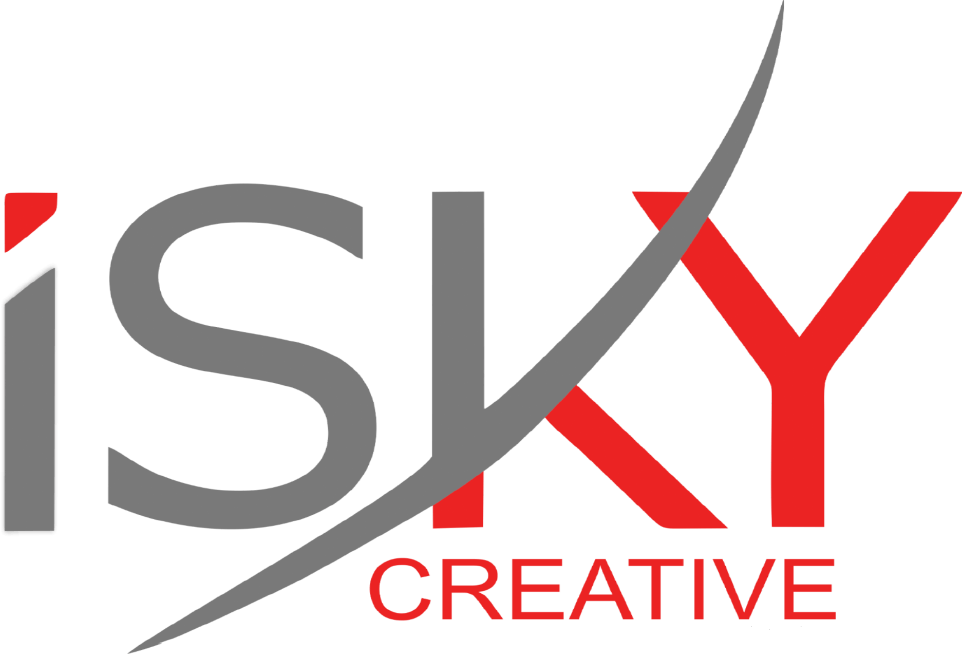In the vast landscape of web design, where visual appeal and user experience reign supreme, typography stands as a fundamental pillar. It’s not merely about choosing fonts; it’s about crafting an immersive digital experience that captivates audiences and communicates effectively. Typography, the art and technique of arranging type, holds the power to shape perceptions, evoke emotions, and guide user interaction on the web. In this article, we delve into the significance of typography in web design, explore best practices, and highlight emerging trends shaping the digital typography landscape.
The Importance of Typography in Web Design
Typography plays a crucial role in web design for several reasons:
- Communication: Text is the primary mode of communication on the web. Effective typography ensures that the message is conveyed clearly and legibly to the audience.
- Brand Identity: Typography is a powerful tool for brand identity and recognition. The choice of fonts, styles, and colors can convey the personality and values of a brand.
- User Experience: Typography greatly influences user experience. Well-chosen fonts and proper spacing enhance readability and make content more engaging and accessible.
- Visual Hierarchy: Typography helps establish a visual hierarchy, guiding users’ attention and emphasizing important content such as headings, subheadings, and calls to action.
- Emotional Impact: Fonts evoke emotions and set the tone of a website. Whether it’s a sense of professionalism, playfulness, or urgency, typography can evoke specific feelings in users.
Best Practices in Web Typography
To leverage the power of typography effectively, web designers should adhere to best practices:
- Font Selection: Choose fonts that align with the brand’s identity and the website’s purpose. Utilize a combination of serif and sans-serif fonts for contrast and readability.
- Readability: Prioritize readability by selecting fonts with clear letterforms and appropriate spacing. Ensure adequate contrast between text and background colors for easy reading.
- Hierarchy: Establish a clear hierarchy by varying font sizes, weights, and styles. Use larger fonts for headings and smaller fonts for body text to guide users through the content.
- Whitespace: Embrace whitespace to enhance readability and create visual breathing room. Proper spacing between lines and paragraphs improves comprehension and reduces visual clutter.
- Consistency: Maintain consistency in typography throughout the website to reinforce brand identity and create a cohesive user experience.
Trends in Web Typography
As web design evolves, new trends in typography emerge:
- Variable Fonts: Variable fonts enable designers to manipulate various typographic attributes, such as weight, width, and slant, within a single font file. This flexibility allows for more creative and responsive typography on the web.
- Mixing Fonts: Designers are increasingly mixing different fonts within a single design to add depth and visual interest. Careful pairing of complementary fonts can create striking typography that captures users’ attention.
- Experimental Typography: With advancements in web technologies, designers are pushing the boundaries of typography with experimental layouts, animations, and effects. These unconventional approaches add a sense of creativity and innovation to web design.
- Responsive Typography: As more users access the web on various devices and screen sizes, responsive typography has become essential. Designers are adopting fluid typography techniques to ensure optimal legibility and readability across different viewport sizes.
- Custom Fonts: Custom fonts tailored to specific brands are becoming more prevalent, thanks to web font services and improved browser support. Custom typography allows brands to distinguish themselves and create a unique visual identity online.
In conclusion, typography plays a pivotal role in web design, shaping the visual appeal, user experience, and brand identity of websites. By adhering to best practices and embracing emerging trends, designers can harness the full potential of typography to create immersive and memorable digital experiences for users.

